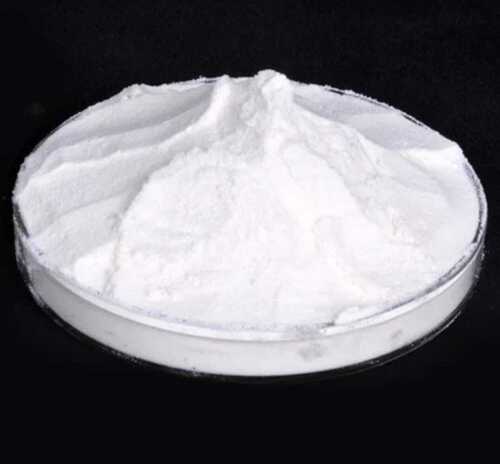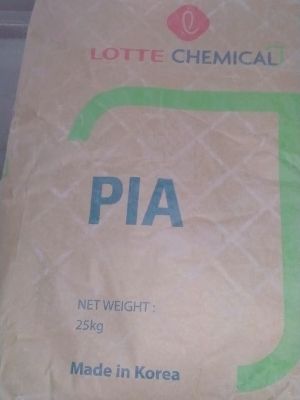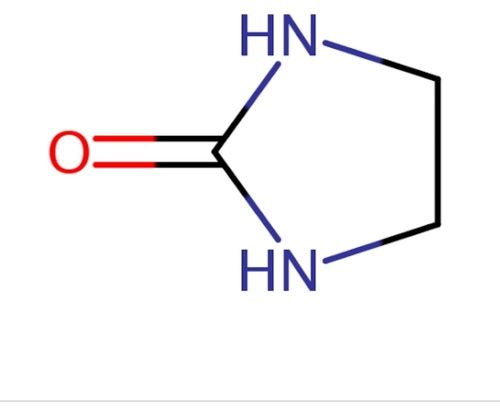
Dibenzo-[B,F][1,4]-Thiazepin-11(10H)- one
Product Details:
Dibenzo-[B,F][1,4]-Thiazepin-11(10H)- one Price And Quantity
- 1950 INR/Kilograms
- 100 Kilograms
Dibenzo-[B,F][1,4]-Thiazepin-11(10H)- one Trade Information
- Others
- 1000 Kilograms Per Day
- 1 Week
- Yes
- Contact us for information regarding our sample policy
Product Description
Dibenzobf14thiazepin1110Hone is a heterocyclic compound that forms the core structure for various biologically active molecules It is particularly notable as a key scaffold in pharmaceuticals including antipsychotic and antidepressant drugs
Chemical Details
IUPAC Name Dibenzobf14thiazepin1110Hone
Molecular Formula C14H9NOS
Molecular Weight 23929 gmol
Structure
A fused bicyclic ring system with
Two benzene rings
A sevenmembered thiazepine ring containing sulfur S and nitrogen N atoms
A ketone group CO at the 11th position
Physical Properties
Appearance Pale yellow to offwhite solid depending on purity
Solubility Moderately soluble in organic solvents like dichloromethane chloroform and ethanol low water solubility
Melting Point Approximately 160180C varies depending on substitution and purity
Pharmacological Significance
The dibenzobf14thiazepine scaffold is an important pharmacophore in medicinal chemistry For instance
1 Antipsychotic Drugs
Quetiapine Seroquel A derivative of this core structure used to treat schizophrenia bipolar disorder and major depressive disorder
The structure contributes to activity at serotonin 5HT2A and dopamine D2 receptors
2 Potential Therapeutic Uses
CNS Disorders Modifications of this scaffold are being studied for use in treating anxiety epilepsy and other neurological conditions
Antiinflammatory Activity Some derivatives show antiinflammatory or analgesic properties
Synthetic Pathways
The synthesis of dibenzobf14thiazepin1110Hone typically involves
1 Cyclization Reactions
Reaction of a 2aminobenzophenone derivative with a sulfur source eg Lawessons reagent or sulfur chloride to form the thiazepine ring
2 Oxidation
Ketone formation at the 11th position often involves selective oxidation steps
3 Functionalization
Derivatization to introduce substituents at various positions for tuning biological activity
Chemical Reactivity
1 Ketone Reactivity
The carbonyl group can undergo standard aldehydeketone reactions eg condensation reduction
2 Thiazepine Reactivity
The nitrogen and sulfur atoms in the sevenmembered ring can participate in nucleophilic or electrophilic reactions enabling diverse derivatizations
Safety and Handling
Toxicity The parent compounds safety profile is largely dependent on its derivatives Precautions should be taken when handling intermediates or precursors
Storage Store in a cool dry place away from light and oxidizing agents
Would you like more detailed information on the synthesis its derivatives or a specific drug example based on this scaffold
Superior Purity for Reliable Results
Dibenzo-[B,F][1,4]-Thiazepin-11(10H)-one boasts a purity of 98% or higher as confirmed by HPLC analysis, making it highly dependable for precision research work. This ensures accurate, reproducible outcomes for those engaged in academic or industrial laboratory settings.
Safe Handling and Storage Guidelines
This compound is classified as hazardous and should be handled only by trained personnel with suitable protective equipment. Always consult the Safety Data Sheet (SDS) prior to handling, and store the material in a tightly closed container in a cool, dry location for maximum stability.
FAQs of Dibenzo-[B,F][1,4]-Thiazepin-11(10H)- one:
Q: How should Dibenzo-[B,F][1,4]-Thiazepin-11(10H)-one be stored to maintain its stability?
A: Store the compound in a tightly closed container, placed in a cool and dry environment, to preserve its integrity and ensure long-term stability under recommended storage conditions.Q: What is the primary usage of Dibenzo-[B,F][1,4]-Thiazepin-11(10H)-one?
A: This product is intended solely for research and laboratory use. It is not approved for human or animal consumption.Q: When is it recommended to consult the Safety Data Sheet (SDS) for this product?
A: You should consult the SDS before handling Dibenzo-[B,F][1,4]-Thiazepin-11(10H)-one to familiarize yourself with hazards, protective measures, and emergency procedures.Q: Where can I obtain Dibenzo-[B,F][1,4]-Thiazepin-11(10H)-one in India?
A: This compound is available through authorized distributors, manufacturers, suppliers, and traders across India.Q: What protective measures are necessary when handling this compound?
A: Appropriate protective clothing, gloves, and eye protection should always be worn when handling this hazardous material to minimize exposure risks.Q: How does the high purity of this compound benefit research applications?
A: The high purity (98% by HPLC) assures reliable and consistent results, which is crucial for reproducibility and accuracy in scientific experiments.
Price:
- 50
- 100
- 200
- 250
- 500
- 1000+


![Dibenzo-[B,F][1,4]-Thiazepin-11(10H)- one](https://cpimg.tistatic.com/10259416/b/4/Dibenzo-B-F-1-4-Thiazepin-11-10H-one.jpg)






